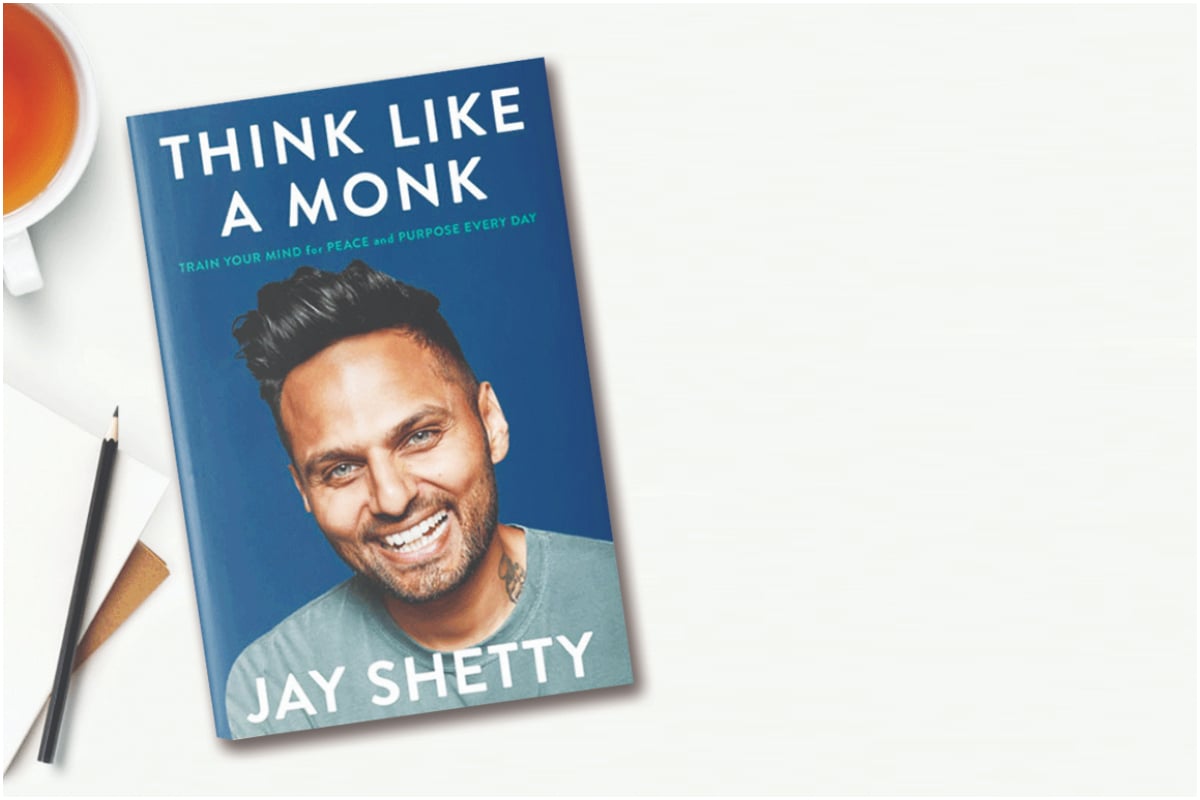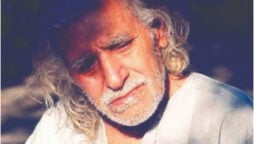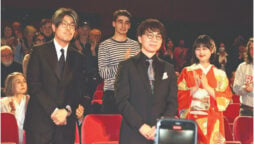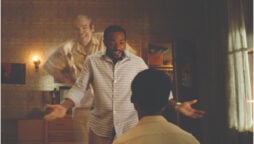
Busting the Perfection Myth
‘Think Like A Monk’ by Jay Shetty is much more than a self-help book
When one hits 30 and begins the fourth decade of life, a lot of people and the surrounding world begin to make sense. In this usually questioning phase of life, one is keener to pick up self-help books that you can go back to for reference, to answer your questions, and every time you re-read its content, it allows you to think differently, with a fresh perspective through a new lens.
Such is the case with one of the best-sellers, Think Like A Monk by Jay Shetty. The book is a result of the author’s experiences he learned during his 3-year stint of living a monk-life in India, to delineate how we can overcome our obstacles in times of distress; how it is important to rise above it all and realize our true potential and power. Having gathered wisdom by way of old scriptures and conversations with sage monks, he sheds light on the practical way to look at life.
Although a lot about the book can be read on the website with engaging and interactive podcasts and videos, the book has no parallel. Jay Shetty is a storyteller, and a podcaster. His vision is to Make Wisdom Go Viral. He aims to share the timeless wisdom of the world in an accessible, relevant, and practical way. He has successfully created over 400 viral videos with over 5 billion views, and hosts the #1 Health and Wellness podcast in the world, On Purpose.
In this inspiring, enlightening book, Shetty combines his own rich experiences in the ashram. Achieving peace and calm within ourselves, despite the constant chaos we live through, is a lesson that this book is centered on. Overcoming negative thoughts and habits to stay composed and contained is an art to practice, and it can be achieved overtime.
This book is not a regular self-help piece of literature, with clear dos and don’ts in black and white. It transforms the lessons into intriguing tales and stories. It relays abstract lessons into guidance and counsel that all of us can easily apply to mitigate stress, mend relationships, and realize the smaller pleasures that are easy to ignore but must be prioritized. Although all of it sounds difficult, Shetty proves that everyone can—and should—think like a monk, without being too preachy.
Some of my favorite lines from the book: “Salt is so humble that when something goes wrong, it takes the blame, and when everything goes right, it doesn’t take credit.” This line goes on to explain how minute, mere efforts do not apparently create a difference but in the broader scheme of things, the positive habits maketh man.
At another instance, Shetty shines a light on the essence of locations in building up our routines. Like words, every location has its own energy. If a certain locale is dedicated to a purpose with few distractions, the probability of us doing it is more. According to him, it is easier to follow a routine if we visit those places regularly rather than trying to struggle though them at home. He says, “Location has energy; time has memory. If you do something at the same time every day, it becomes easier and natural. If you do something in the same space every day, it becomes easier and natural.”
Perfection is a myth that we all aim to achieve. Some qualms about the book: it mentions that after three years, one of Shetty’s instructors told him that he would have more impact on the world if he left the monk’s path to share his wisdom with others. After all, what is knowledge if not shared to better the world? He moved back home with his parents in north London. This section plays an integral role as it left the author with an impactful imprint. I believe it could’ve been written a tad bit more vividly as we can’t entirely comprehend what happened and why the author suddenly decided to leave his path of becoming a monk.
Furthermore, it is also tragic to see the author criticizing Marie Kondo. Countless in the USA, such as several talk show hosts, found enjoyment in jesting over her. However, it was a bit unpleasant to have read it in a book written with the sole aim of making us think like a monk.
Final verdict
All in all, an enlightening read. It will enable you to question. It will provide the answers to some. Certain parts may be confusing and lead us to ponder and contemplate. Regardless, the book brims over with a lot of information that might prove to be helpful.
Catch all the Bold News, Breaking News Event and Latest News Updates on The BOL News
Download The BOL News App to get the Daily News Update & Live News.












 Read the complete story text.
Read the complete story text. Listen to audio of the story.
Listen to audio of the story.